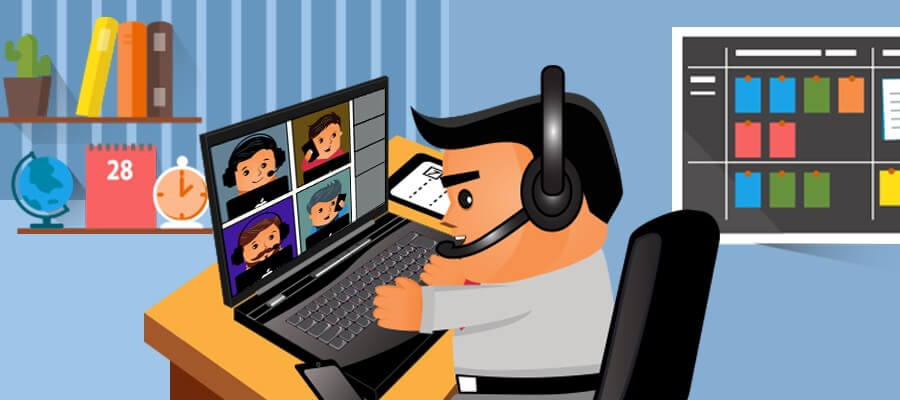In-depth interviews (IDIs) and focus groups have historically been marketing researchers’ bread and butter. IDIs are notable for their ability to uncover nuanced insights that cannot otherwise be captured via statistical data and metrics. Researchers are able to observe body language and hear the tone of their respondents’ reactions which are masked in written responses and quantitative evaluations.
Focus groups bring the additional benefits of discussion and debate among a group of respondents with a similar profile. Researchers gain a better understanding of the emotional drivers behind particular groups of consumers. While not ideal for particularly sensitive topics, focus groups can increase engagement among participants and help researchers discern more about their decision-making processes in a group dynamic setting.
The vast growth and improvement in digital connectivity has allowed these marketing research staples to become even more valuable. Researchers face progressively fewer limitations when conducting web-based IDIs or focus groups. They can now interact with respondents from all over the world, making their samples more varied and focused on particular research questions. Researchers’ options for tailoring stimuli and customizing the overall experience continue to expand.
In this guide, we will cover the following aspects of conducting IDIs and focus groups. Read along for more in-depth information or navigate quickly to sections of your interest:
- What is Digital Ethnography?
- Tools for Conducting Web-Enabled IDIs and Focus Groups
- Technical Support for Market Research Interviews and Focus Groups
- Leveraging IDIs and Focus Groups for Unique Insights
What is Digital Ethnography?

Market researchers know that statistical data offers only a limited understanding of consumer behaviors and preferences. Ethnography, or qualitative research, balances their understanding of people’s attitudes, practices, motivations, and preferences in everyday life. While traditional ethnographers immerse themselves in the life and culture of the people they study, marketing researchers gather most of this information remotely. They also collect and interpret this qualitative data much faster and more frequently.
The growth of digital ethnography has opened the floodgates for both the breadth and depth of insights marketing researchers can obtain.
For instance, a US-based researcher can now conduct a series of focus groups with Chinese consumers without traveling halfway around the world. Researchers can vastly increase their focus group size of respondents using low cost online interviews with respondents who are located anywhere with an Internet connection.
Digital ethnography also has the advantage of garnering potentially more genuine reactions from respondents.
When researchers are not physically present, people may find the experience less intrusive and become more candid in their responses. Many respondents are more transparent behind the apparent safety of a screen.
This type of qualitative research has an invaluable impact on brand management, marketing, and product development decisions. By conducting IDIs and focus groups digitally, researchers retain the advantages of person-to-person interactions while vastly improving the efficiency, scope, and accuracy of their work.
Tools for Conducting Web-Enabled IDIs and Focus Groups

Getting quality actionable insights from IDIs and focus groups has become easier as the variety, flexibility, and availability of digital communications has matured. The quality of audio and video for conducting IDIs and focus groups online has improved to such an extent that there is little reason to take on the added expense of meeting in-person.
Following are some options market researchers can consider:
Market Research Webcam Interviews

Synchronous, or real-time, webcam interviews have the key advantage of being less intrusive into people’s lives. Respondents can easily be interviewed from the comfort of their homes or offices. Likewise, researchers can be working from their desk or wherever is convenient to them. Maintaining a visual connection enables researchers to develop greater rapport with respondents than what can be achieved on a phone interview. This visual connection also preserves the advantages of an in-person interview where researchers can observe subtler unspoken responses to questions.
Market Research Webcam Focus Groups
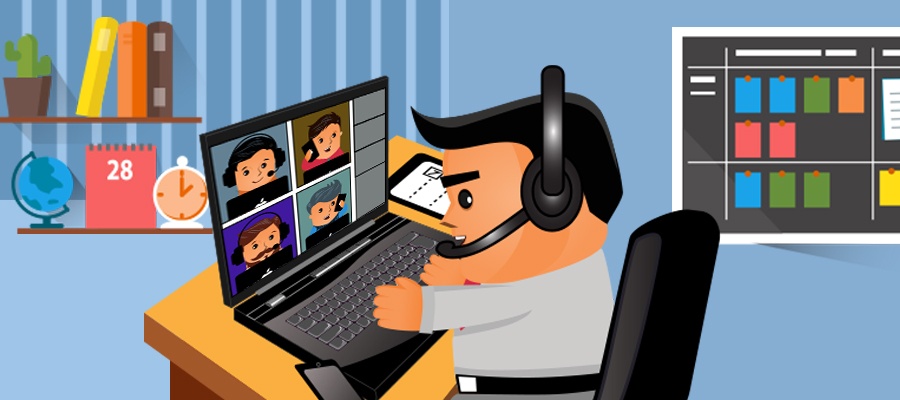
Like webcam interviews, webcam focus groups have the advantage of convenience for both researchers and respondents. Furthermore, participants can be pooled from varied geographic regions, a far more challenging undertaking if an in-person format is being used. Focus groups bring the additional benefit of enabling discussion and shared feedback among respondents. Respondents can view the researcher, each other, and any stimuli being used, leading to richer discussion and ideation.
Market Research Stimuli for In-Depth Interviews and Focus Groups
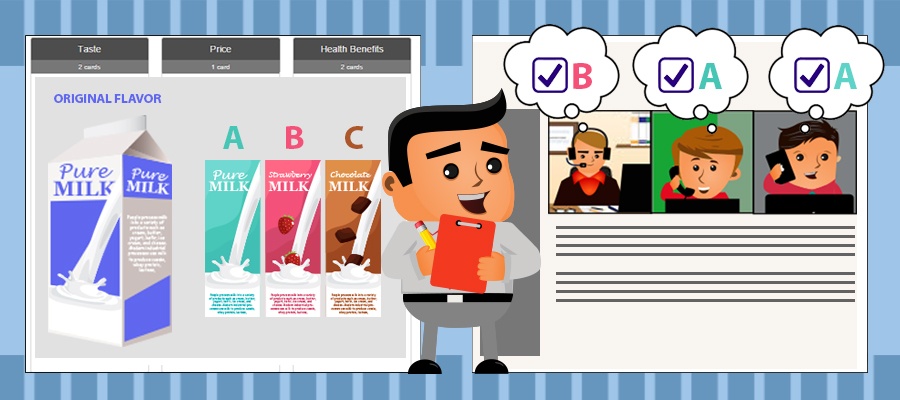
In the past, marketing researchers may have accepted the inconvenience and higher costs of meeting respondents in-person because they wanted to incorporate a variety of stimuli into their research. Using stimuli in market research has the benefit of eliciting more genuine reactions from respondents by minimizing researcher prompting and potentially leading questions. Researchers can observe respondents’ behavior directly rather than asking them to recall or imagine experiences. Having observed authentic reactions, researchers can then probe further about the decision-making process.
Stimuli for market research can take a wide variety of forms. They may be visual, such as showing product packaging options or comparing different advertisements. They could be auditory, such as listening to sound clips or video. Some stimuli may involve a task, such as sorting products into groups, website usability testing, giving ratings, drawing a sample design, or product testing.
These types of respondent stimuli can now be seamlessly integrated into a web-based IDI or focus group. Either format can be customized to contain any number of visual or auditory prompts and a variety of tasks. Incorporating these types of supplements further expands marketing researchers’ opportunities to uncover new insights and increases engagement among respondents.
Self-directed Research Interviews

Researchers that work independently and without substantial corporate funding are particularly eager to find low cost options for in-depth interviews. A web-based solution is ideal for self-directed research because it can be conducted from any location and at unusual times. Independent researchers will welcome the flexibility of the format and the variety of respondents they can engage with.
A self-managed marketing research interview can be conducted using phone only, supplemented by an audio recording. Access to a conferencing bridge with audio recording is an advantage for the researcher. A good audio conferencing bridge will offer self-directed options for dialing out to respondents, having clients participate in listen-only mode, and ability to easily start and stop the audio recording. Some may offer audio tagging which enables the researcher to go back to the recording file later and easily find key points of importance to the interview.
For enhanced security, a useful feature in a self-directed conferencing platform is having a host pin which the researcher must enter before parties can be connected. This has the added advantage of preventing an unknown or uninvited person from using the conferencing line. The self-directed researcher can also promote their own brand more successfully with the use of a custom (branded) greeting. With a branded greeting, callers who dial in hear a welcome greeting that names the researcher, or the researcher’s business by name, and thus projects the image of a larger size company or a more personalized approach to interview management, thus enhancing a positive impression on the researcher’s client.
Chat Only Focus Groups
Chat only focus groups are sometimes associated with online communities, as they can be similar, due to the discussion-style format. However chat only focus groups styled in the online bulletin board format are typically asynchronous. Meaning they take place over time, and all of the participants do not need to be live in the group at the same time. There is also wide room in the marketing research community for synchronous chat-only focus groups that take place in real time.
A good example of chat-only focus groups that are live in real time is when dealing with a group of people who have limited access to international phone connections but have online access to join a private, secure chat room, either through a phone or a computer. This enables a researcher to be anywhere in the world, while the participating respondents can also be anywhere. A good example of a study like this includes chat-only focus groups in eight Middle Eastern countries, where the respondents had phones or could go to an internet cafe to participate.
Technical Support for Market Research Interviews
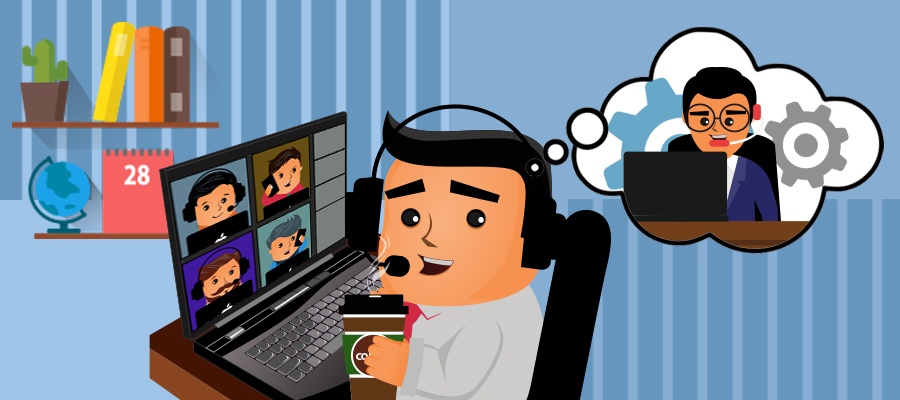
Marketing researchers may shy away from web-based solutions because they fear that the experience will not be seamless. It is distracting for people to be focused on remedying technical difficulties when they are trying to conduct research and make astute observations. When choosing a web-based solution, researchers should look for the best platform for online IDIs, one that incorporates substantial technical support. Strong tech support spans the full timeline of the IDI or focus group, from making preliminary hardware and software arrangements through the post-interview or post-group review.
Good technicians ensure that all respondents are prepared with functioning webcams, the proper browser configurations, and whatever tools are necessary to conduct a study.
Before the IDI or focus group, technicians can conduct tech checks to confirm that respondents will be ready. They can also conduct pre-project run-throughs for researchers to ensure that the actual interview or focus group remains stress-free.
The best tech check providers conduct respondent tech checks in advance to assure the respondents will be effectively visible in the webcam screen, as well as heard.
Positioning is also important. The quality tech check professional will make sure the respondent is centered in the webcam screen, that lighting favorably enhances the interview, and is neither too bright or too low, and that the background is either a help to the interview, or not a distraction to the researcher and clients viewing.
During the online IDI or focus group, technicians can address any potential issues with the software, ensuring that researchers can stay focused on the task at hand.
They can assist with stimuli and markup tools if necessary, and ensure that the audio and visual quality is clear and maintained. Technical support may also include the ability to transmit the interview or focus group to remote viewers who are not participating directly.
Effective providers of digital, or web-enabled in-depth interviews and focus groups also have expertise with stimuli management.
An expert marketing research facilitator will be able to take your stimuli via email or file transfer and convert almost any stimuli into a usable format, interpret how you want the stimuli presented, and provide useful suggestions on how to make the most of your stimuli through a web room. For example, you may have multiple screenshots that you want rotated between interviews or you may want to integrate videos among static images.
Following the research, strong technical support will offer a recording of the IDI or focus group for researchers to review.
In addition to a full audio and visual recording, this may include key clips, metrics, or a summary of the study. Today’s researcher will also find it helpful to make use of a video management tool that allows you to upload all project videos and make video clips directly from the video management platform, then insert the clips into a client report.
Depending on the company and software that researchers choose to utilize, technical support can also dramatically expand other available opportunities.
For instance, technical support may offer translation services in cases where respondents and researchers do not share the same language. Audio and visual recordings can be transcribed for use in a text format. Some services may offer respondent recruiting as well as respondent qualification checks if researchers need to screen participants more carefully.
| In order to successfully conduct a web-based IDI or focus group, it is vital to have:A robust online platform or solution for viewing real-time respondent behavior via webcamsExtensive tech support to ensure respondent readiness as well as support in case of technical difficultiesAudio and on-screen recording capabilities for in-depth reviewing of market research data afterwardsCustomizable features and tailored solutions for incorporating stimuli |
How Can I Leverage IDIs and Focus Groups for Unique Insights?
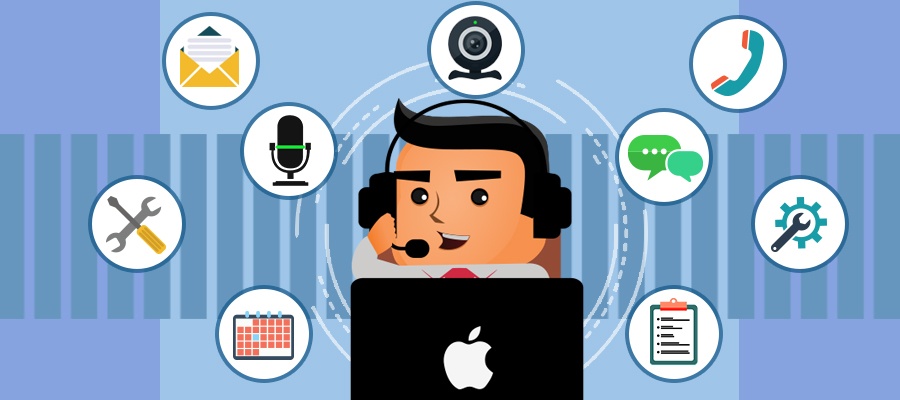
Armed with a basic understanding of the value and applications of IDIs and focus groups, researchers can pair them with other marketing research tools to further customize their studies. For instance, given the exponential rise in mobile usage worldwide, mobile usability testing or UX has become imperative for many companies and organizations. IDIs and focus groups can incorporate mobile UX in real time.
Through webcam technology you can now observe the respondent live, and through recording capture the respondent’s facial expressions and their mobile device screen simultaneously as they navigate mobile applications and websites, right in the interview itself.
Alternatively, the interview can be used to probe further after respondents have submitted preliminary responses on mobile devices where through a marketing research mobile app respondents have already participated in a mobile activity designed for capturing “in-the-moment” insights through audio, photo, video, and text responses. A marketing research mobile app is a useful tool for gathering data for shopper insights, audio diaries and patient journeys. A mobile research app such as ThoughtLight™ equips researchers with various activity options and robust analytics tools while respondents are enabled with accessibility features such as geolocation and offline capabilities.
Augmenting research with IDIs and focus groups can be particularly helpful if respondents have participated in a marketing research online community platform or blog over a longer time horizon. Researchers may want participants to clarify or elaborate on what they submitted. For example, after reviewing the content collected through an online bulletin board project with multiple respondents, a researcher might identify ten or so respondents to participate in either ten web-enabled in-depth interviews or in two web-enabled focus groups with five respondents in each. This allows the researcher to further probe the findings from the online market research platform and develop deeper insights.
The key to crafting a successful IDI or focus group project is to refine a key research question and then consider which of the tools lend themselves most to answering it. Getting the proper technical support will ensure that your focus is on the research and not distracted by logistics.



